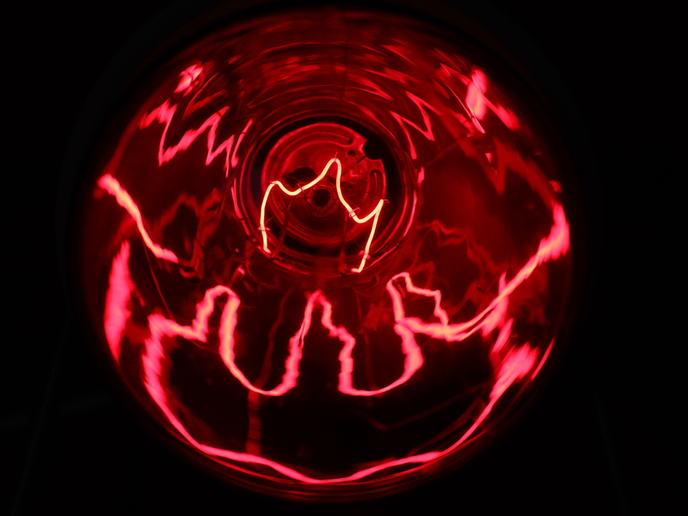Hybrid photoelectrodes advance solar fuel generation
Solar fuel generation uses artificial or natural light to convert abundant and stable molecules, such as water or carbon dioxide (CO2), into high-energy chemicals. This photoelectrochemical process is an especially attractive sustainable energy technique, as in principle it only requires energy from light (photons), water and/or CO2 and a catalyst. With commercial applications still awaiting some significant technical breakthroughs, the European Research Council(opens in new window) supported project HybridSolarFuels (Efficient Photoelectrochemical Transformation of CO2 to Useful Fuels on Nanostructured Hybrid Electrodes) is developing a high-performing approach, using hybrid photoelectrodes made of multiple components. “The key to ensuring high solar-to-chemical conversion efficiency is to design the interfaces using nanostructured materials and sophisticated synthetic processes,” explains Csaba Janáky, principal investigator in the project from the University of Szeged(opens in new window) in Hungary. Another achievement is the development of scalable electrolyser flow cells. While these do not qualify as photoelectrochemical cells, as they don’t directly use light, they are the first step towards achieving photoelectrochemical cells.
Inspired by nature
HybridSolarFuels initially faced two significant challenges. As CO2 is an inert molecule, it requires a lot of energy to convert it into useful products, such as methanol. This makes the selection of the right catalyst vital. Finding suitable catalysts and integrating them into photoelectrochemical cells, is difficult. Another challenge was that most previous research had been carried out in batch cells. It is challenging to translate these results into specific applications because industrial conversion rates can only be achieved in flow cells, where CO2 is fed continuously. In natural photosynthesis, each component in the system has a specific function. Inspired by this, HybridSolarFuels designed electrodes made with several components: one for light absorption, another for charge carrier transport, and one for the catalytic reaction at the surface; these are brought together at nanometre scale For example, various p-type semiconductors were used to absorb light in the photoelectrode assembly where the team made an unexpected discovery. “We were among the first to use lead halide perovskite films directly as photoelectrodes. This resulted in some important discoveries regarding the primary role that photo-generated holes play in the corrosion processes of these exciting materials,” says Janáky. After performing characterisation studies to determine the optimum crystallinity, morphology and chemical composition of the new photoelectrodes, they were incorporated into continuous-flow electrolyser cells, which underwent various photoelectrochemical studies, namely to assess the solar-to-chemical conversion efficiency – the number of photons in the sunlight which are actually converted to chemical energy. “The hybrid photoelectrodes were shown to outperform single component electrodes,” adds Janáky.
A green disruptor
The success of the European Green Deal(opens in new window), with its target of carbon neutrality by 2050, will depend on new disruptive technologies. The conversion of solar energy to high-value chemicals and fuels could be such a technology. The photoelectrochemical conversion of CO2 could generate chemicals such as formic acid, carbon monoxide, methanol and ethanol, reducing the demand for fossil fuel feedstocks and so CO2 emissions from the chemical industry. The team are currently exploring the substitution of water oxidation in the electrochemical CO2 reduction process with something of higher economic value. “As a by-product of biodiesel production, we now have a surplus of glycerol which could be transformed into high-value chemicals such as formic acid, which is used for livestock feed preservation amongst other uses,” says Janáky. As for applications, the team continue to develop their continuous-flow photoelectrochemical cells.







